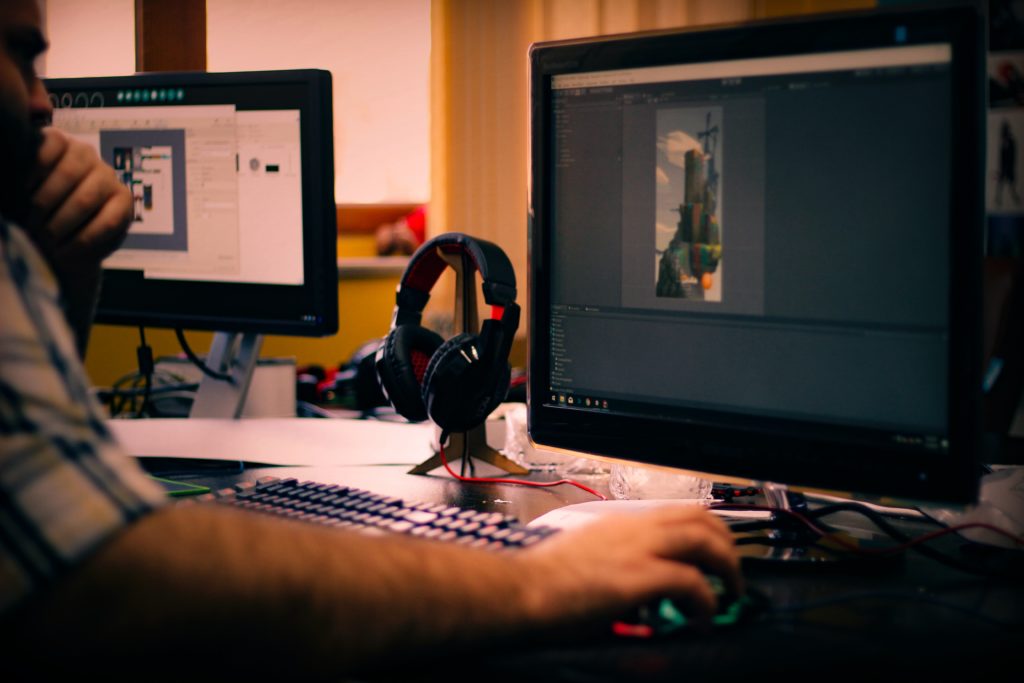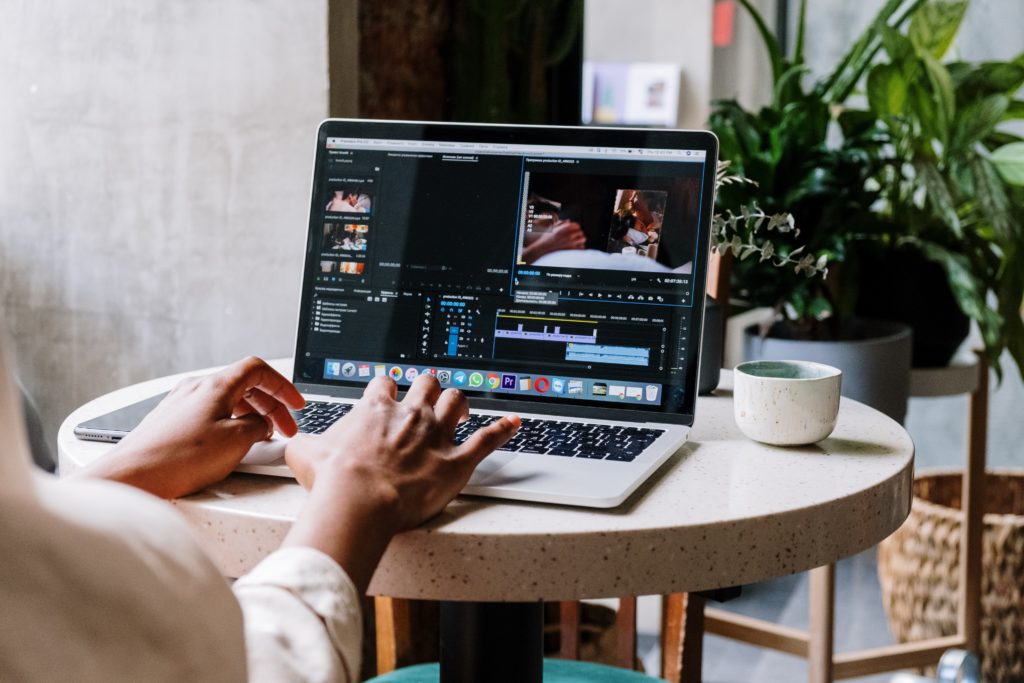
M&E Journal: Bring-Your-Own-Artist to the Cloud
One of the more interesting — if not opportunistic — evolutions in media and entertainment production today is the change from large in-house studio post teams to independent artists making their mark on the world.
This is, in-part, due to the tremendous pace of TV and film which make it impractical for companies other than major studios to directly employ such legions of creators. Original streaming services and cable networks often turn to external resources for content development.
Moreover, the increasingly collaborative nature of content creation, the geographic distribution of talent (global content for global audiences), and the menagerie of production tools demand a unified platform encompassing them all. Is it even possible to further modernise these complex workflows with cloud security and efficiency?
 Bring-Your-Own-Artist (BYOA, trademarked … I just came up with that) could be that defining tenet of the new roaring ‘20s. Couple that methodology with the WFH model, plus the global ubiquity of cloud services for workstation virtualisation, and you have a recipe for artist-anywhere production.
Bring-Your-Own-Artist (BYOA, trademarked … I just came up with that) could be that defining tenet of the new roaring ‘20s. Couple that methodology with the WFH model, plus the global ubiquity of cloud services for workstation virtualisation, and you have a recipe for artist-anywhere production.
TRANSFORMATIVE CREATION
What differentiates content creation from other knowledge-worker scenarios is a desire and willingness to embrace individual contributors from everywhere around the globe, even on more sensitive assets; this cannot be as easily achieved in other sectors such as healthcare or government.
Spurred by both need and opportunity and enabled through a trusted cloud, content owners can broker collaboration without increasing the risks to their IP.
While not everything can easily migrate to the cloud just yet, such as highly subjective artistry like colour-grading, some workflows can make the move via native or hybrid deployment (e.g., editorial), and some can be 100 percent cloud-native (rendering). The next step in alleviating the on-premises burdens of content creation is virtualised workstations.
TECH AND TOOLS
Across the industry we see advances in technology that now make it practical to virtualise production, in addition to the development of best practices for securing content and identity. These include GPU-based virtual machines, dedicated high-speed WAN, scalable cloud rendering, intelligent security services, and both customisable and turnkey platforms for virtual desktop infrastructure (VDI).
In Microsoft Azure today, studios are deploying powerful edit workstations with Adobe and Avid, VFX tools, GPU render workloads, and multi-petabyte archive + asset management systems.
Plus, network partners are delivering high-bandwidth ExpressRoute connections to the studio lot for secure bulk content transfer.
As a result, you can quickly deploy workstations and render farms from any data-centre around the world to put resources close-at-hand for artists, anywhere they like, while maintaining critically-important low latency for 4K and high bit-rate content.
Want your VFX sup or producer to review dailies? Need to index camera and scene metadata? Does your editor need to quickly piece together a new set of animation sequences for marketing? Days of work before, hours (minutes?) now.
 REMOTE WORK
REMOTE WORK
But as important as that is, you need the guidance, automation, prescriptive policies, continuous monitoring/alerting, and governance regimes to ensure content stays in one secure repository.
So, what does it mean now that both your usual workstation and your content are physically out of reach? Not only are you virtualising production, but you are remoting, as well. Some studios were able to get back to work quickly during the pandemic by relying on VPN tunnels into their corpnets for remote desktop sessions on individual machines.
However, this is not optimal for a variety of reasons, security being one, and doesn’t function well for latency-sensitive tasks on throttled networks (all of a sudden, all employees are saturating your Internet line at once, and sometimes from very far away).
It can also present a problem for accessing on-prem storage and render capacity.
The same conditions apply to physical production needs, since new restrictions mean fewer people to support DIT, colour, and immediate workflows.
HOW TO BYOA
Shows are coming (or have already) back online in 2020, but in a very different way relative to the last 100 years of production. With minimal on-set staff allowed, more movie makers are participating from afar, including key creative teams. Each needs to be securely connected to the same assets and tools, even to the set itself, with a common platform comprised of distributed resources.
In olden times (i.e., last year), it took — quite literally — a [video-] village to film a picture.
 Now it is barely more than a 65-inch screen and a video stream. Editors, DPs, and others log in remotely to monitor activities in real-time and view dailies.
Now it is barely more than a 65-inch screen and a video stream. Editors, DPs, and others log in remotely to monitor activities in real-time and view dailies.
Azure running solutions such as 5th Kind, Technicolor Pulse, Teradici PCoIP, and many others make it possible to host asset ingest / management, workstations, editing, animation / rendering, private connectivity, and collaboration, among a growing complement of creative tools.
Deploying a secure production environment in the cloud can be largely automated through PowerShell and similar CLIs, with embedded monitoring and analytics which enable auditing and control.
Azure Active Directory helps unify authentication / authorisation between different solutions to make it easier to onboard / offboard users during the production lifecycle.
Whether you’re using something turnkey such as StratusCore for creative workstations, rolling your own setup for fully virtualised Premiere, or subscribing to edit-on-demand SaaS with Avid, if you’ve wanted to re-invent show business, now’s your chance.
* By Joel Sloss, Senior Program Manager, M&E Security, Compliance, Microsoft Azure
——————————————————
Click here to translate this article
Click here to download the complete .PDF version of this article
Click here to download the entire Winter 2020/2021 M&E Journal
